One of the most pleasurable characteristics of cultivating any houseplant is propagation.
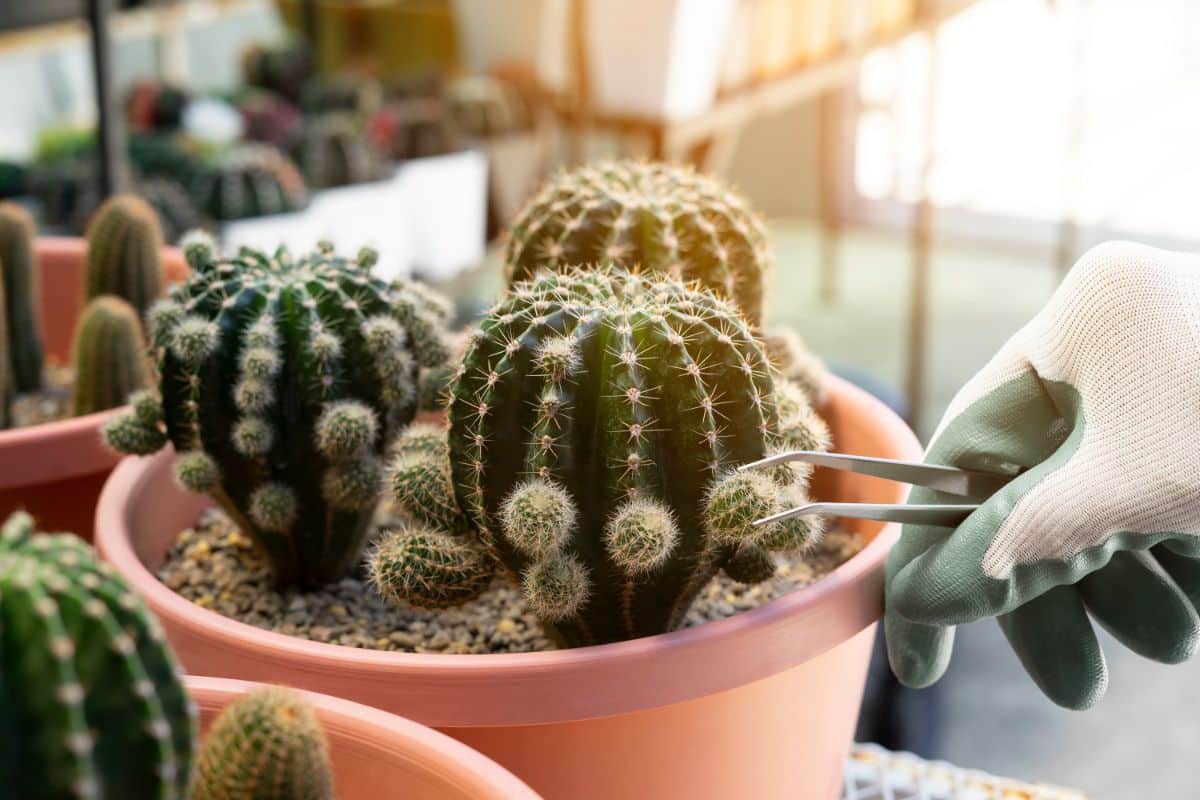
Taking cuttings from a plant so as to cultivate new plants also applies to cacti.
You can propagate a cactus super effortlessly to give away, sell or expand your own array of cacti. As natural domains of succulents and cacti reduce, the need to propagate and sustain these species in cultivation becomes more significant for their survival.
The options available to you are vast when you think of how to propagate cactus. You can do it by grafting, seed, stem cutting, and even offsets/offshoots.
This article details how to propagate cactus, step by step!
Jump to:
How to Propagate Cactus From Cuttings
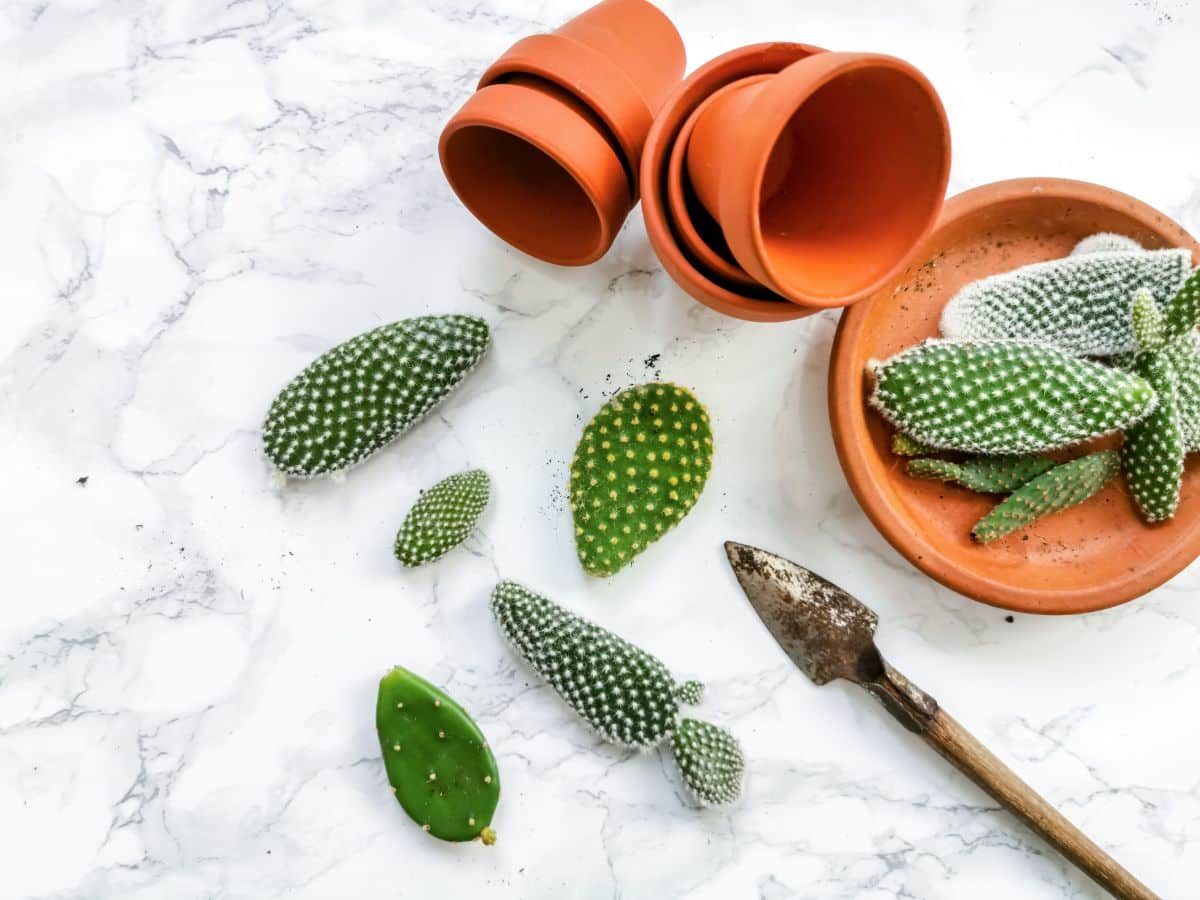
Propagating by stem cuttings is presumably the most popular and most straightforward method.
Some cacti that normally propagate from stem cuttings are:
● Opuntia or prickly pears
● Columnar cacti
● Thimble cacti (Mammillaria gracilis)
● Easter lily cactus (Echinopsis subdenudata, from offsets)
● Pincushion and Globular cacti
You’ll need a sharp knife and some alcohol to disinfect the tool. Tongs and gloves may also be helpful if you intend to touch one of the pricklier species.
Essentially, any species that thrive in a clustering fashion is okay for cactus propagation, as are segmented ones and long ones.
The ones that are a solitary round orb are not favorable candidates because there’s nowhere you can prune without tarnishing the look.
Choose a good pad that can be taken without making the mother plant forfeit its appeal.
In some situations, you can twitch the cutting loose, but if not, you can utilize your sterilized knife to make a neat cut. Put the cutting in a bright location and leave it there, so it can dry.
This lessens the possibility of bacteria or fungus entering the cutting when it’s planted in the soil.
NOTE! Cactus propagation can also be done in water, but it’s an uncommon procedure because they do so well in soil.
Your new cutting will require excellent drainage to flourish. Cacti roots don’t like long periods of moisture.
A good cactus soil will be grainy with a somewhat low percentage of potting soil, or probably none at all.
If your cactus cutting has dried, you can dip the base of the cutting in a growth hormone to stimulate root growth or not. It’s fine either way.
· Place the cutting in the soil in a way that it’s steady but not buried too deep. Water it a bit and position the planter in a light area but not under direct sun.
· Keep sprinkling the soil every day or two to accelerate root growth.
· After about 2-3 weeks, tug the cutting slightly.
If there’s any obstruction, your cutting has generated a root system. If there isn’t, wait so more.
When you see the first indications of growth, change to a usual cactus watering plan and place the plant in an area with direct sunlight.
How to Propagate Cactus From Seeds
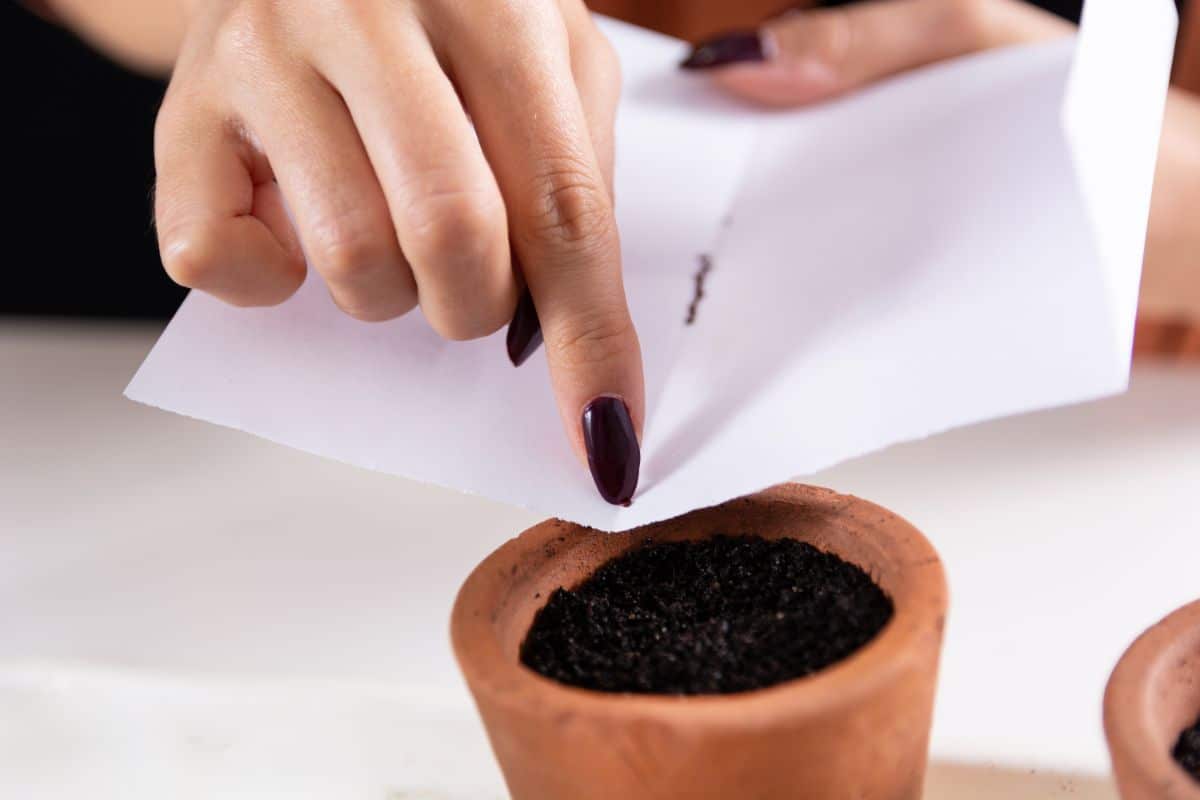
As a cactus lover, I’m sure you’re already a very patient person because cactuses aren’t the fastest growers.
Nevertheless, unless you have the tolerance of a saint, you should avoid growing cacti from seed: it really is a slow method.
If you’re up for the challenge, though, cultivating your own cacti can be a pleasurable project, like I said before, and it’s certainly not too hard. It just takes a long time.
Let’s go through the steps.
· Get a planter and fill it with well-draining cactus soil and wet the medium entirely
· Spray your cactus seeds over the soil, ensuring they’re not too near each other
· Wrap the seeds with a delicate layer of extra potting material
· Put plastic wrap on the planter to develop a mini greenhouse and retain the moisture
· Set the planter on a warm windowsill that receives lots of sunlight
· After many weeks, you’ll notice the first seedlings popping up. Take off the plastic wrap
· Keep watering the soil every day, probably with a spray bottle, so you don’t irritate the tiny seedlings
When the seedlings start taking the form of real little cacti over the months, they slowly change to a regular cactus watering schedule.
The seedlings should be okay to be transplanted to their own planters after about a year or so.
How to Propagate Cactus From Offshoots/Offsets
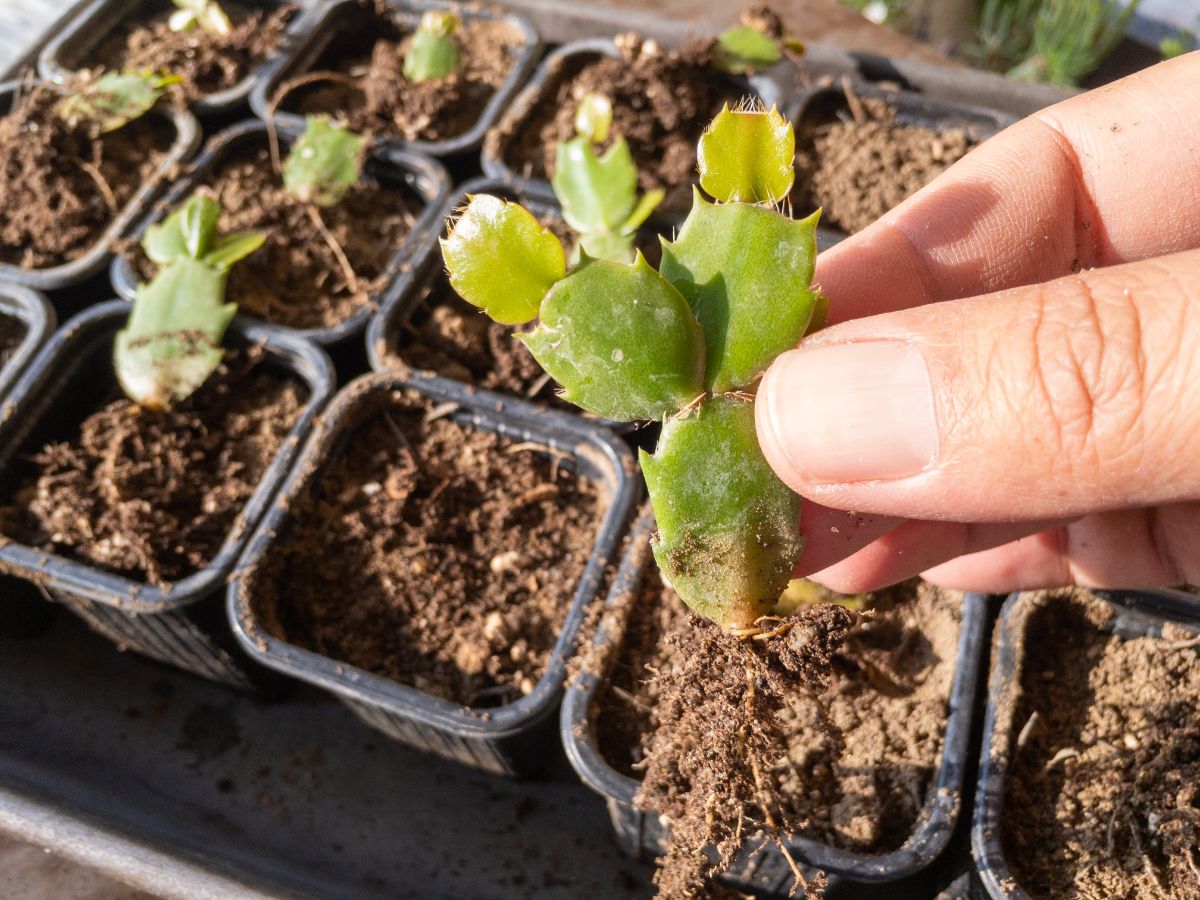
Lots of cacti species breed asexually through growing lateral shoots or offsets.
Then again, not all cacti develop offshoots.
The ones that do are echinopsis species, mammillaria species, and others.
Offshoots can be cautiously taken and positioned in a good potting mix to initiate a new plant.
Taking offshoots from the mother plant assists in refocusing the energy to the development of the main plant.
Let’s walk you through the steps.
· First, locate a cactus that has developed offshoots. Clean and sanitize the knife that you’ll use to do the cutting.
· Try to get some roots when cutting the offshoot, you can use anyone without roots, but you will have much better chances of success with ones with roots already thriving.
· Carefully detach the baby plant from its mother plant by sticking the knife in the middle of the mother plant and the offshoot.
· Gradually pull apart the baby plant from the mother plant and slash the connecting root.
· If you’re extracting while it’s still planted in the soil, stick the knife blade at the center of the offshoot and its mother plant.
· Slide the blade down the soil to detach the connecting roots.
· Cut out a 2-inch radius in the soil around the bottom part of the offshoot, then dig some inches down the radial parameter with the sharp end of a small spade.
· Set the spade at an angle under the offshoot and cautiously remove it from the soil.
· When you’ve removed it, the offshoot can be rooted independently. Prepare a generously draining potting mix and use it to fill a small pot.
· Plant your offshoot into the soil and set the soil bit by bit around the plant until it’s steady.
· Pause for a few days before you start watering the just-potted columnar cactus.
· You can sprinkle the soil every few days or once the soil gets dried.
· When the roots are stabilized, reduce the watering and low the soil to dry out before watering again.
At this point, it’s still enemies with direct sunlight. Position it in a bright location but shield it from direct sunlight until the roots are stabilized.
When the roots are steady, you can gradually improve the abundance and intensity of sunlight to prevent burning the plant.
How to Propagate Cactus by Grafting
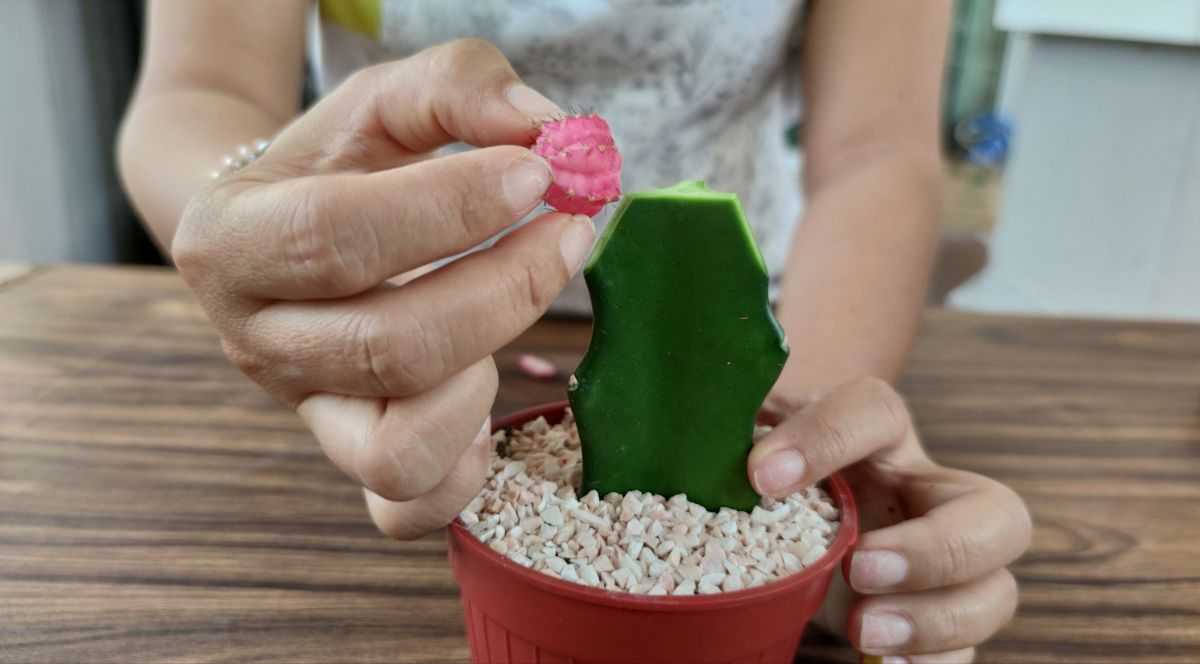
Grafting is the method of bringing a cut piece of a cactus and attaching it to a broken fraction of another cactus.
The chopped or grafted part is known as a ‘scion,’ while the base or rooted part is known as the ‘rootstock.’
Grafting needs a similar and hardy rootstock.
Compatibility is very significant for grafting to thrive.
The compatibility is better when the rootstock and scion are from similar species.
The compatibility reduces more if the cacti are in their genetic relations.
Cacti grafting is done for several purposes. One purpose is to generate less vulnerable stems to infections and pests. Another motive is to change an existing branch that is rotting.
Some gardeners want to improve photosynthesis in some cacti that don’t have the ability. Grafting seems grim but is pretty simple that even a beginner gardener can attempt it.
You’ll require the following:
● Cacti
● Sharp knife
● Rubbing alcohol
● Rubber bands
● Electrical tape
● Gloves
Let’s go through the steps.
· Ensure you sanitize the knife each time you want to cut the cactus by cleaning the blade with alcohol to prevent fungus or diseases.
· Choose your cacti to be grafted. Choose a fast-growing one as the base or rootstock and a slow-growing one at the top of the scion.
· Regular cacti used as rootstocks are Undatus or Hylocereus Trigonus and Trichocereus Spachianus.
· Ready the rootstock and cut a few inches above the soil. The beheaded cactus will be used as your rootstock.
· Next, cut the scion.
· Chop the top off a cactus stem about 1 inch in diameter. That will be the scion.
· Position the scion on top of the rootstock. Cautiously position the scion on the cut fraction of the rootstock so that the vascular cambium of both cacti is touching each other.
· The vascular cambium is the unique ring in the middle of the cut cactus.
· The vascular cambium of the scion and rootstock have to touch each other for an excellent grafting to take place.
· When that is done, fasten the two together; you can use rubber bands or electrical tape to bind them and ensure the scion is tied well enough and is pressing against the rootstock.
· After around one or two months, take off the rubber bands or tape.
· The scion should be firmly connected to the rootstock, and you have a newly grafted cactus plant.
When Not to Propagate a Cactus Plant
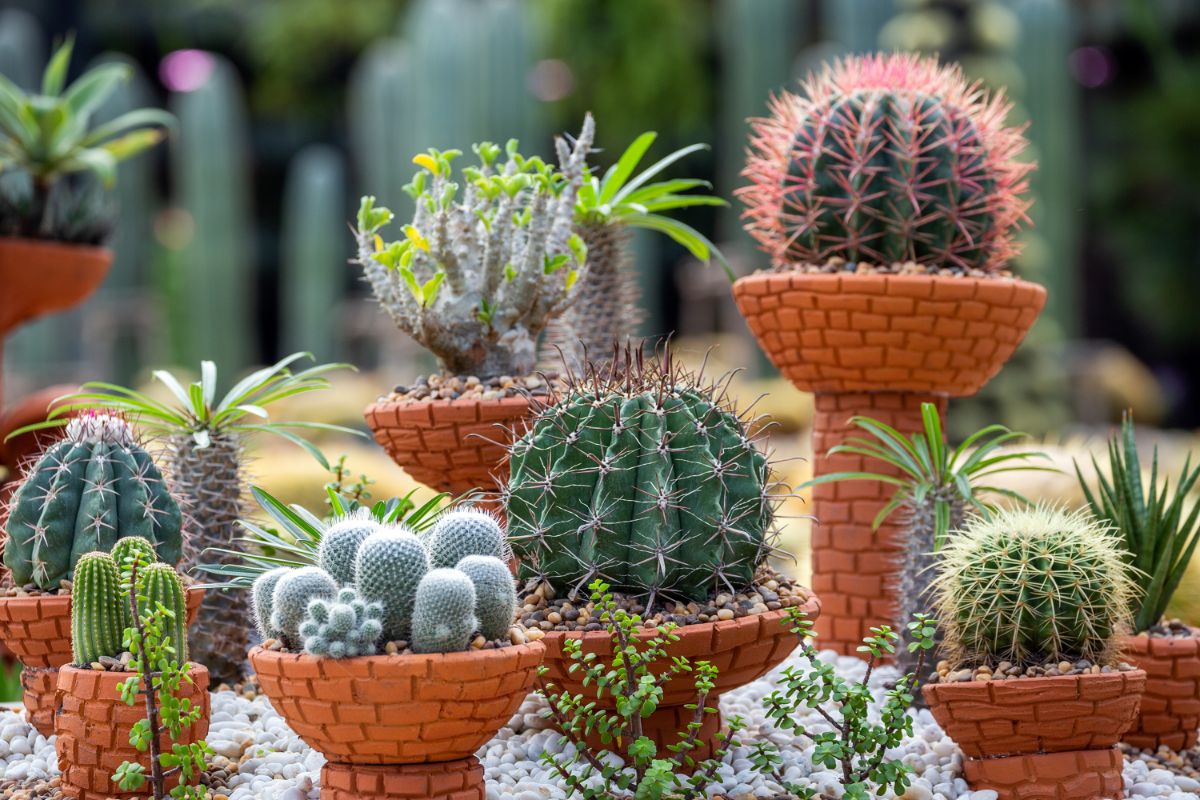
Cacti are among some of the simplest plants to root and breed, even for beginners, which enhances their appeal.
Cacti can be propagated any period of the year, but cactus cuttings root quickly during the summer months into early autumn.
To guarantee your propagation success, try not to propagate at any of these times:
During a heatwave
A heat wave is not the best of times to propagate. When plants are tensed and concentrated on survival, they are not in the best situation to multiply.
It’s better to pause till the heatwave is gone or during a milder, less adverse season to get the best result, you are looking for when propagating.
During Frost or Freezing Temperatures
Cacti become inactive during freezing temperatures and frost. During frost, plants close up and do not actively grow.
Propagating your plants at this time will not give the best results you are striving for. Wait until the frost is over before propagating to ensure the best outputs.
Final Words
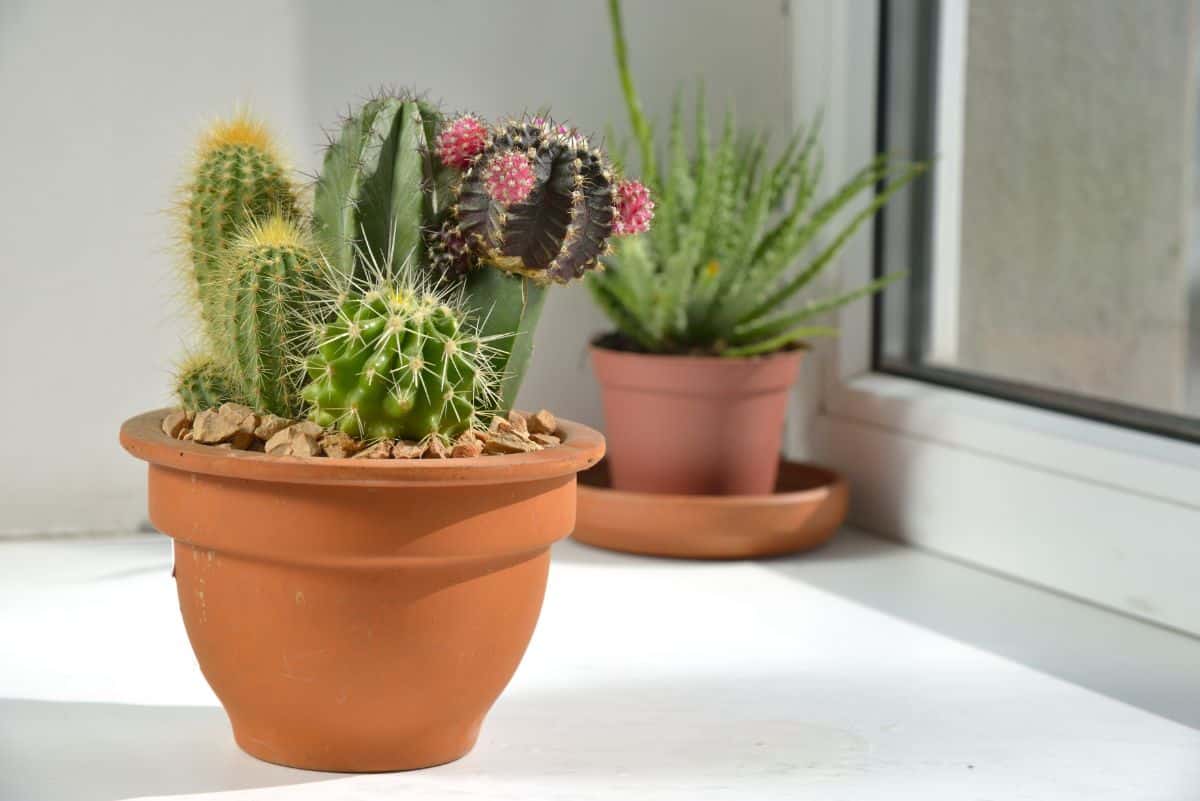
Cactuses are fun plants to experiment with. They are also excellent for decorative purposes. How to propagate cactus isn’t the problem. Choosing the suitable method and doing it at the best time is the problem.
Whichever method you choose, ensure you follow all the guidelines and do it at the right time.




